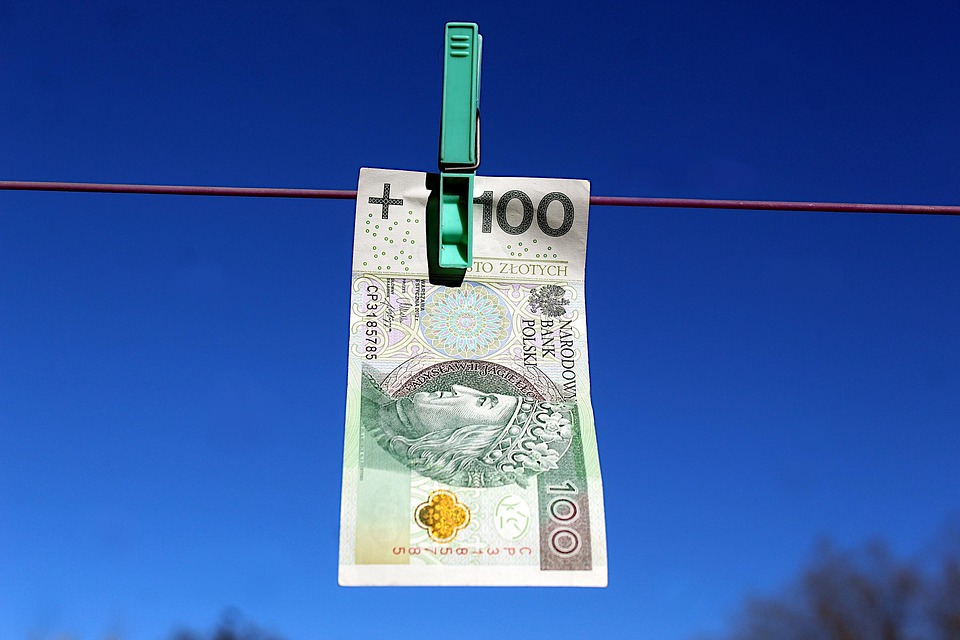In the fast-paced world of business, first impressions matter immensely. A well-designed business card can serve as a powerful marketing tool, helping you establish connections and leave a lasting impression. Below are ten essential tips to guide you in creating the perfect business card design that reflects your brand identity and engages your audience.
Know Your Brand
Before diving into design, take a moment to understand your brand’s identity. Your business card should reflect your company’s values, mission, and personality. Consider the colors, fonts, and imagery that align with your brand to ensure consistency across all marketing materials.
Choose the Right Card Size
Standard business card dimensions typically measure 3.5 x 2 inches, but you can explore creative sizes or shapes that make your card stand out. Just be mindful of practicality; non-standard sizes might not fit in wallets or business card holders, so balance creativity with functionality.
Focus on Readability
Your business card should be easy to read at a glance. Choose a legible font and maintain a suitable font size. Avoid cluttering the card with too much information; prioritize essential details such as your name, title, company name, phone number, and email address.
Use High-Quality Materials
The quality of the card itself reflects your professionalism. Opt for durable materials and finishes such as matte, glossy, or textured options that convey the right image for your brand. A well-constructed card not only feels good in hand but also stands out among flimsy alternatives.
Incorporate a Logo
Your logo is a visual representation of your brand, so make sure to include it prominently on your business card. A well-placed logo can enhance brand recognition and convey professionalism. Ensure that the logo is high-resolution and stands out against the card’s background.
Keep It Simple
Simplicity is key in business card design. Avoid overcrowding your card with excessive graphics or text. Instead, focus on a clean layout that allows the most important information to shine. A simple design not only looks more professional but also makes it easier for recipients to remember you.
Include Social Media Links
In today’s digital age, it’s essential to connect with clients and colleagues online. Including your social media handles on your business card can drive traffic to your profiles and foster engagement. Choose platforms that are most relevant to your business and audience, and ensure links are easy to read.
Consider the Back Side
Utilizing the back side of your business card can maximize space and provide additional information. You might include a tagline, a list of services, or even a QR code that directs users to your website. Just make sure the design remains cohesive and doesn’t overwhelm the recipient.
Proofread Your Card
Nothing undermines professionalism more than typos or incorrect information. Double-check all text for spelling and accuracy. It can also be helpful to have a fresh pair of eyes review your card before printing to catch any errors you may have overlooked.
Seek Feedback and Iterate
Before finalizing your design, seek feedback from colleagues or target audience members. Their insights can help you identify areas for improvement. Don’t hesitate to iterate on your design based on this feedback to ensure your business card truly resonates with your intended audience.
By following these essential tips, you can create a business card that not only enhances your professional image but also effectively communicates your brand. Remember, a well-designed card can be a powerful tool in building relationships and making meaningful connections in the business world.



